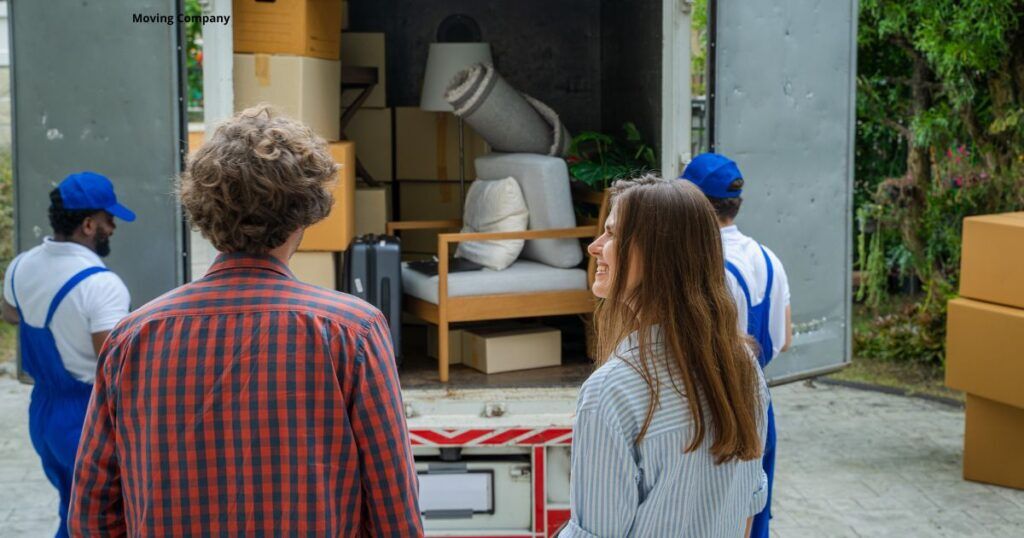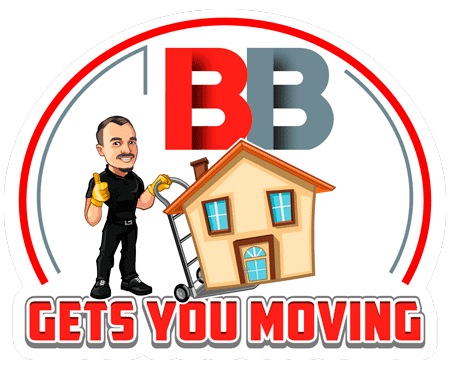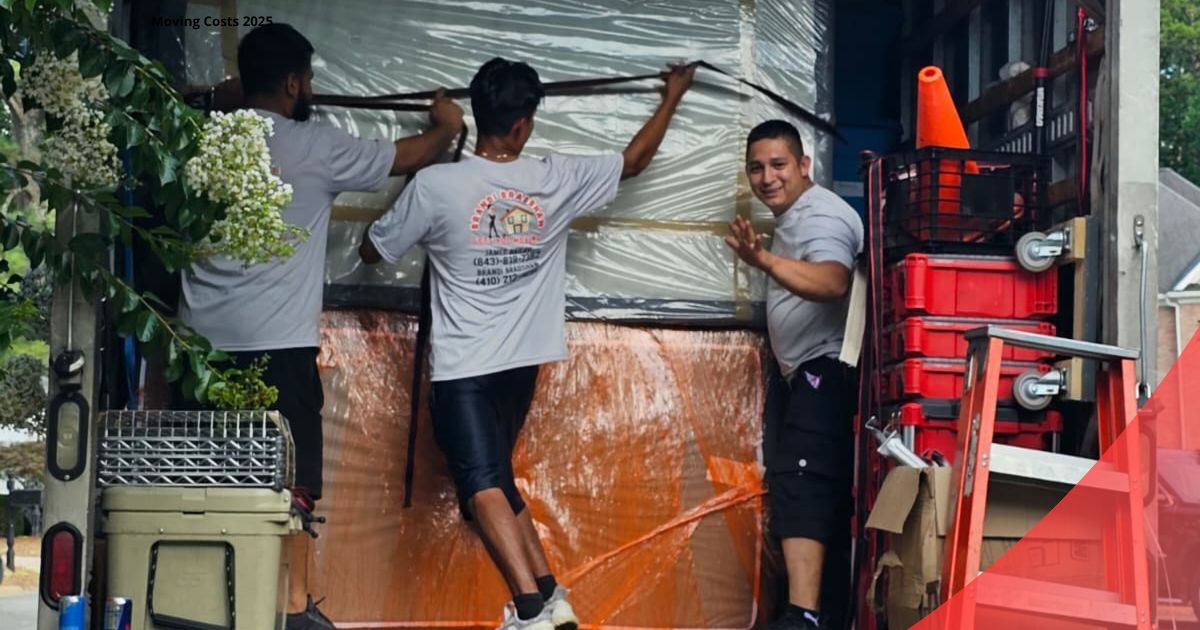Whether you’re moving across Annapolis, relocating within Anne Arundel County, or planning an interstate move out of Maryland, the right moving company can be the difference between a smooth experience and a costly headache. This guide walks you through a clear, no-fluff process to choose confidently—covering credentials, pricing models, red flags, questions to ask, timelines, and a comparison scorecard you can copy today.
Table of contents
- The 6-step process to choose a mover (fast)
- Licenses, insurance, and paperwork to verify
- Pricing models explained (with real-world examples)
- Red flags and scams to avoid
- What actually matters beyond price
- 15 questions to ask before you sign
- Ready-to-use comparison scorecard (copy/paste)
- Your timeline: 8 weeks → moving day
- Why Annapolis & Anne Arundel residents choose local pros
- FAQs (2025)
1) The 6-step process to choose a mover (fast)
- Define your scope
Inventory rooms and special items (piano, safe, antiques). Decide if you want packing/unpacking, storage, junk removal, or weekend service. - Shortlist 3–5 local movers
Prioritize companies that clearly list services, service areas (e.g., Annapolis, Severna Park, Edgewater, Arnold, Pasadena, Bowie, Crofton, Glen Burnie, Crownsville), and transparent pricing cues. - Verify credentials
Look for a USDOT number (interstate), proof of insurance (general liability, cargo), and workers’ comp for crew. Make sure the company name matches across website, truck, and paperwork. - Request like-for-like quotes
Provide the same inventory and access notes to each mover: stairs/elevator, parking distance, narrow streets/HOA rules, long carry, disassembly needs. Ask for a written estimate and what’s excluded. - Compare beyond price
Assess crew experience, protection materials (floor/door/jamb), specialty handling, claims process, guaranteed arrival windows, and review consistency. - Book early & confirm details
Secure your date with a written agreement (not just a text). Reconfirm 72 hours before, share elevator slots/HOA paperwork, and label boxes by room.
2) Licenses, insurance, and paperwork to verify
- USDOT number (for interstate moves): Confirms federal registration for carriers crossing state lines.
- Insurance: Ask for general liability and cargo coverage certificates with valid dates.
- Workers’ compensation: Protects you if a crew member is injured on your property.
- Written estimate & contract: Ensure business name, scope, included/excluded services, rate type, payment method, arrival window, and claims policy appear clearly.
- Name consistency: Truck, website, invoice, and insurance certificates should match—no confusing aliases.
Pro tip: Snap photos of certificates and contract pages; file them in a “Move” folder with your inventory list.
3) Pricing models explained (with real-world examples)
Hourly rate (local moves): Pay for actual time + materials + travel. Great when scope is small and predictable (e.g., 2-bedroom within Annapolis).
Flat-rate / binding estimate: One number based on your declared inventory and conditions. Excellent for detailed inventories and busy schedules—no clock watching.
Binding-not-to-exceed: You pay the lower of the binding amount or the actual time if it’s less. Ideal when you’ve done a solid inventory but want protection.
Non-binding estimate: A ballpark that can change. Only accept if you fully understand how overages are calculated.
Cost drivers you control:
- Elevator reservations/HOA forms ready
- Parking permits / loading zone access
- Packed, labeled boxes; disassembly done
- Clear pathways; protect floors in advance
4) Red flags and scams to avoid
- Vague, unusually low quotes without a walkthrough/video call
- Large cash deposits (e.g., >20%) or cash-only policies
- Name games (company uses multiple names or refuses to show insurance)
- Blank or tiny-print contracts with surprise “stair,” “long carry,” “shuttle,” or “fuel” fees disclosed later
- No physical address or unmarked trucks
- Pushy upsells on moving day before unloading
5) What actually matters beyond price
- Experienced, background-checked crews (tenure matters)
- Protection materials (mattress bags, door jamb guards, runners)
- Specialty handling (pianos, antiques, glass, art crating)
- Packing/unpacking options to save time
- Claims process that’s clear and responsive
- Reliable communication ( confirmations 72/24 hours, live dispatcher)
- Consistent reviews over time—look for patterns, not just star counts
6) 15 questions to ask before you sign
- Are you licensed and insured? Can you share current certificates?
- Is this estimate binding, binding-not-to-exceed, or non-binding?
- What exactly is included (materials, pads, shrink wrap) and excluded (TV mounting, appliance reconnection)?
- How do you handle stairs, long carries, and elevator delays?
- What’s your on-time arrival window policy?
- Will you send your own trained crew or subcontractors?
- How do you protect floors, doors, and railings?
- What packing services and materials do you provide?
- How are specialty items (piano, art, glass) protected and billed?
- What size truck(s) will you use? Any shuttle if streets are narrow?
- How do you handle parking permits/HOA constraints in Annapolis or condos?
- What’s your claims process and typical resolution timeframe?
- Do you offer weekend or after-hours moves for offices?
- What’s the reschedule/cancellation policy?
- Can you provide 2–3 recent local references?
7) Ready-to-use comparison scorecard (copy/paste)
Score each mover 1–5 (5 = excellent). Multiply by weight. Add totals.
| Criteria | Weight | Mover A | Mover B | Mover C |
|---|---|---|---|---|
| Licensing & insurance verified | 15% | |||
| Estimate type (clarity & fairness) | 10% | |||
| Price vs. scope (value) | 15% | |||
| Crew experience & training | 15% | |||
| Protection materials/process | 10% | |||
| Specialty item handling | 10% | |||
| Communication & reliability | 10% | |||
| Reviews (pattern & recency) | 10% | |||
| Availability on your date | 5% | |||
| Claims policy transparency | 10% | |||
| Total | 100% |
8) Your timeline: 8 weeks → moving day
- 8–6 weeks out: Define scope; shortlist 3–5 movers; schedule walkthroughs.
- 6–4 weeks out: Get written estimates; check credentials; decide estimate type.
- 4 weeks out: Book mover; reserve elevator/parking; order packing supplies.
- 3 weeks out: Start packing seldom-used rooms; label by room + priority.
- 2 weeks out: Confirm building/HOA rules; create “first night” box; photograph valuables.
- 1 week out: Reconfirm details; finish packing; disassemble furniture; clear paths.
- 72–24 hours: Share gate codes, loading instructions, and elevator slots; protect floors.
- Moving day: Walkthrough with crew lead; note pre-existing conditions; check inventory before truck departs and after unloading.
9) Why Annapolis & Anne Arundel residents choose local pros
Local movers understand parking, HOA, elevator windows, narrow streets, and waterfront logistics around Annapolis, Severna Park, Edgewater, Arnold, Pasadena, Bowie, Crofton, Glen Burnie, and Crownsville. That local knowledge reduces surprises, protects your home, and keeps the day on schedule.
Call to action: Ready for a transparent, written estimate and an experienced local crew? Get a free, no-pressure quote today.

10) FAQs (2025)
How far in advance should I book?
For weekends or month-end dates, aim for 4–6 weeks. Mid-week/mid-month dates are more flexible.
Hourly vs. flat-rate—what’s better?
Small, straightforward local moves often favor hourly. Complex or inventory-heavy moves often benefit from binding or binding-not-to-exceed quotes.
Do movers pack everything?
If you choose packing services, yes. Otherwise, pack non-fragiles yourself and ask movers to pack fragile items or specialty pieces.
What size crew do I need?
Typical: 1-bed (2–3 movers), 2–3 bed (3–4 movers), larger homes (4–6 movers). Access and volume can change this.
Should I tip?
Optional, but common for great service. Many clients tip 10–20% of the labor portion or a flat amount per mover.
Can movers disassemble/reassemble furniture?
Yes—confirm what’s included, especially for beds, tables, and wall-mounted TVs (mounting often excluded).
How are floors/walls protected?
Ask about runners, door jamb guards, banister padding, and shrink-wrap for upholstered items.
What about building COIs and HOA forms?
Request a Certificate of Insurance and provide your building’s exact requirements. Reserve elevator time slots early.
What if my new street can’t fit a big truck?
Movers may use a shuttle (smaller truck/van). Confirm fees and timing.
How do claims work if something is damaged?
Document before/after with photos. Report promptly as your contract instructs; clarify timelines and coverage levels in advance.




0 Comments